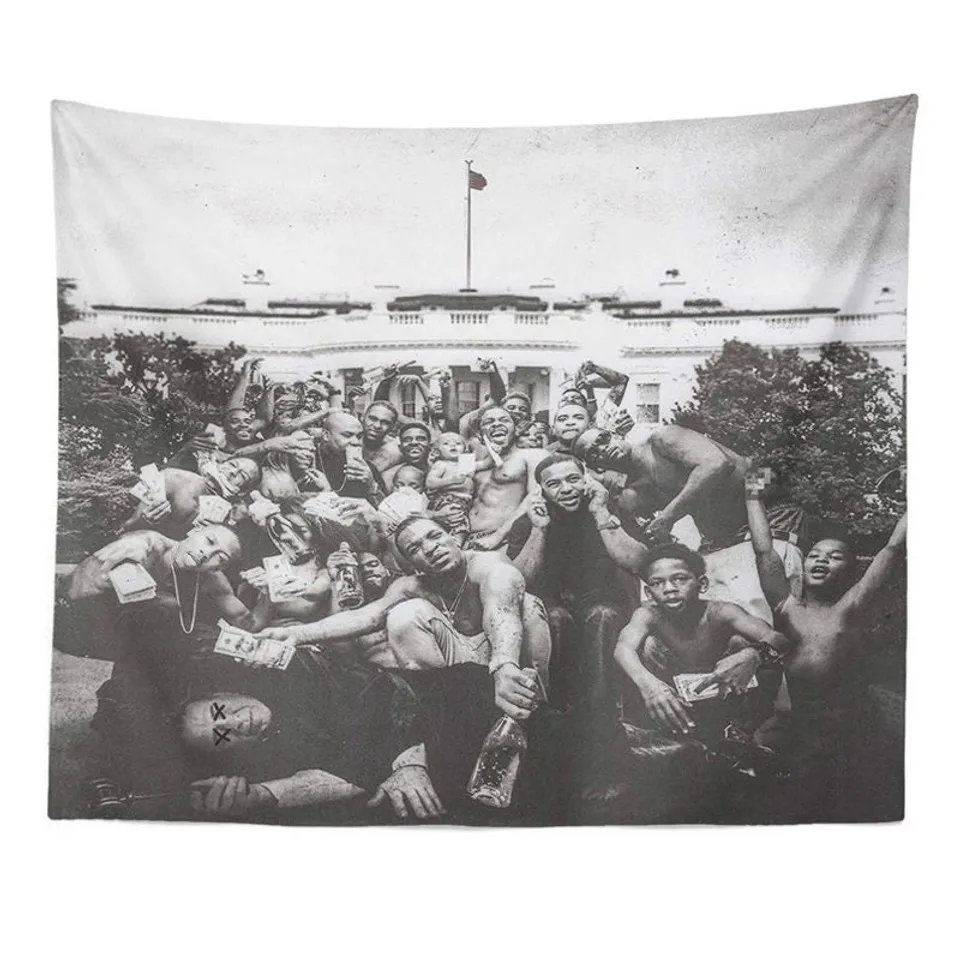
Image from Creative Commons
Album cover of To Pimp A Butterfly
“I remember you was conflicted, Misusing your influence”.
To Pimp a Butterfly is a masterpiece of an album that boldly questions the world with an intense energy that only Kendrick Lamar can bring.
Kendrick questions everything about what he feels is crucial to his identity. The questions he asks range from lighthearted things like sex and partying to hard-hitting complex topics like death and survivor’s guilt. The overarching theme of the album addresses the oppression of Black people in America and the way black culture and artists are often exploited for materialistic gain.
What I respect most about the album is that Kendrick Lamar uses his viewpoint to analyze these problems.. The album feels different than the typical conscious rap album because Kendrick acknowledges his place in the cycle with songs like “U” and “Institutionalized” where he reflects on how his selfishness and greed have affected his loved ones. The character Lucy, who represents the devil adds an alternative perspective to the album. In the song “For Sale?” Lucy constantly tries to influence Kendrick to give in to greed, chase fame and sell his soul for wealth and power.
Similar to Lucy, the character Uncle Sam introduced in “Wesley’s Theory” tries to corrupt Kendrick by promising him the American Dream. Uncle Sam promises him freedom and the “forty acres and a mule” that’s been long overdue to Black people in this country.
Passing the anniversary of the album makes me reflect on the impact of the album. During one of the peaks of the Black Lives Matter movement and police brutality, To Pimp a Butterfly was a voice that shouted the long-suppressed frustrations of Black people.
The album didn’t pretend or attempt to put things softly but showed raw emotions and an attempt to heal. The album is relatable even if you don’t share the same experiences because the nature of the “American Dream” is deceptive whether it be to the poor, to Black people or even just to young people in general.
During my childhood, To Pimp a Butterfly was one of the few unapologetically black albums. The album exuded revolutionary energy that surpassed the average conscious rapper. To Pimp a Butterfly showed a loud pride in blackness, but also a certain complexity. The album addressed issues of colorism, gang violence, and exploitative leaders within the black community. At the end of the album, in “Mortal Man”, Kendrick says he believes the only hope for the country is through music and explains a bit of the meaning behind “To Pimp a Butterfly”.
The metaphor of the caterpillar absorbing its environment, and the butterfly that is free from the cycle of consumption. It shows hope for our nation that if we get past the constant hatred and exploitation we can be free and truly have unity. The struggle exists internally, interpersonally, and within the black community and the country as a whole. For an album published in 2015, the themes addressed are almost more relevant now than when the album was first made. To me, To Pimp a Butterfly will always be relevant until the issues addressed in the album are truly solved in the world around us. “But I don’t know, I’m no mortal man, maybe I’m just another…”